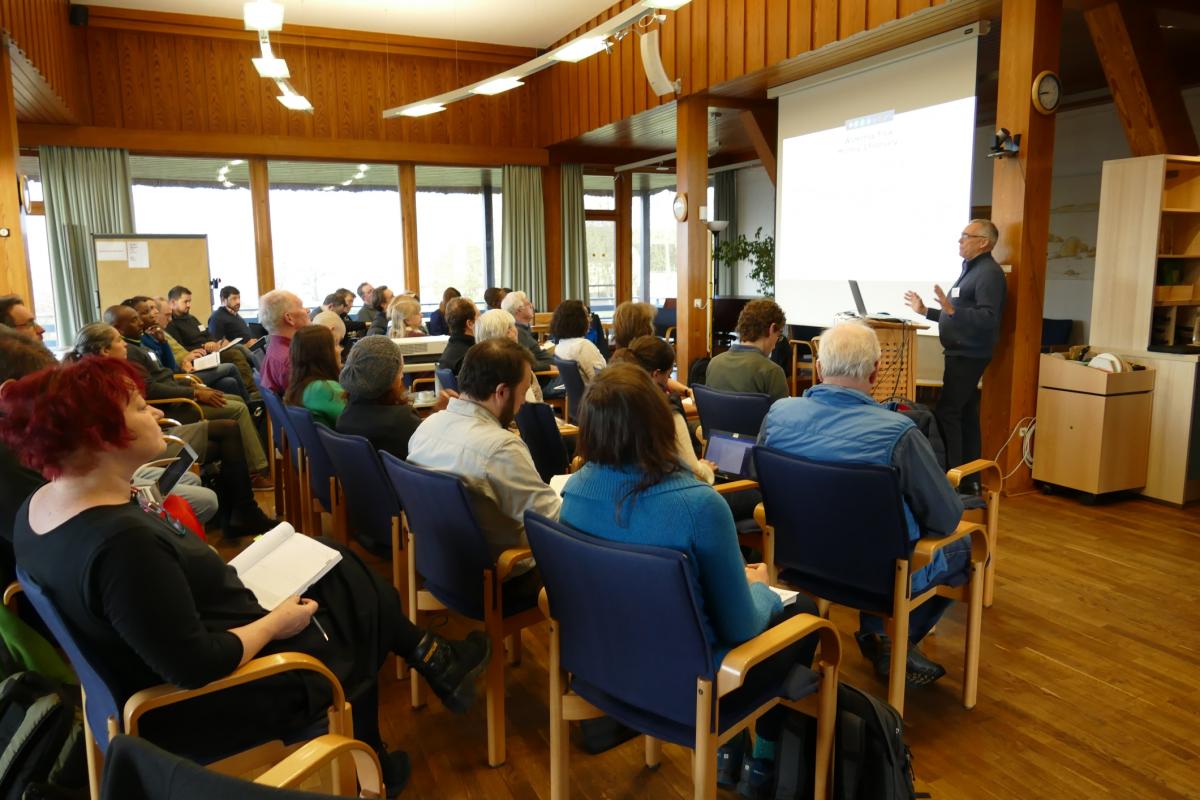What works, works! Measuring the quality and effectiveness of protected and conserved areas
Consultations toward the post-2020 Global Biodiversity Framework are well under way, and Parties to the Convention on Biological Diversity are engaged in understanding what progress has occurred during the United Nations Decade on Biodiversity through the implementation of the Strategic Plan for Biodiversity 2011-2020. It is against this backdrop that an expert workshop was convened by IUCN, WCPA and the German Federal Agency for Nature Conservation, supported by the Federal Ministry of the Environment, to examine the specific role of protected and conserved areas within the emerging framework, and to provide recommendations for consideration by the Parties.

Photo: German Federal Agency for Nature Conservation
While the ultimate framing of global objectives, targets and indicators in the CBD will be negotiated in the months ahead, there remains a need to take stock of contemporary practice and understanding of what has worked towards target achievement, and what refinements and additions may be necessary to determine a new global pathway for the in situ conservation of biodiversity in the years ahead.
The workshop took as its starting point the full scope of the current Aichi Target 11 within the Strategic Plan. Its initial focus was to examine each element of the Target, and to better understand how those elements that are well quantified have more effectively incentivised implementation than those which are described more in terms of quality but lack quantitative measures of progress. A first round of seven working groups discussed the following elements: areas of particular importance for the persistence of biodiversity (and within this the aspects of location, representivity and design); areas of importance for ecosystem services; governance and equity; management effectiveness; connectivity; other effective area-based conservation measures; and, outcomes for biodiversity and society. For each of these, the groups examined what was essential about the element, what was missing and could be strengthened, and how each aspect could be better quantified. This process led to a stronger clustering of the issues to take forward to a more detailed analysis.
A second round of working groups discussed measurable targets and indicators related to the quality of each of the following four elements:
1. Location – Areas of importance for biodiversity, representivity and connectivity;
2. Equitable governance;
3. Effective management (including delivery of outcomes for biodiversity);
4. Delivery of ecosystem services and outcomes for society.
This second round of working groups reported back frequently to the workshop plenary in order to exchange ideas and build consensus. The result is a schedule of proposed quality measures, measurable or assessable targets, associated indicators and sources of data to support measurement.
As the debate continues about how to frame the post-2020 Global Biodiversity Framework, the information flowing from this workshop can apply to any proposed formulation of targets and goals. Although Parties during the preparatory meetings have emphasized that there is a need to keep all of the elements of Aichi Target 11 in the new framework, it is unlikely that all elements will be grouped together, as they could be expressed in several different targets. There is also a need to clarify and deepen each element to render it measurable, wherever it is placed. The workshop proposed that the focus should shift towards ensuring that each element is necessary and sufficient to achieve the desired outcomes, and furthermore, to ensure that rather than being notional or aspirational, they should be practical, measurable and therefore achievable.
The outcomes of the workshop are therefore offered as a suite of considerations that provide a reference point for Parties and technical advisors to ensure that the formulation of the new Framework is comprehensive of the important elements, and that these can be rendered in a clear, complete and practical way as a benchmark for progress and achievement.
The whole report can be downloaded here.



